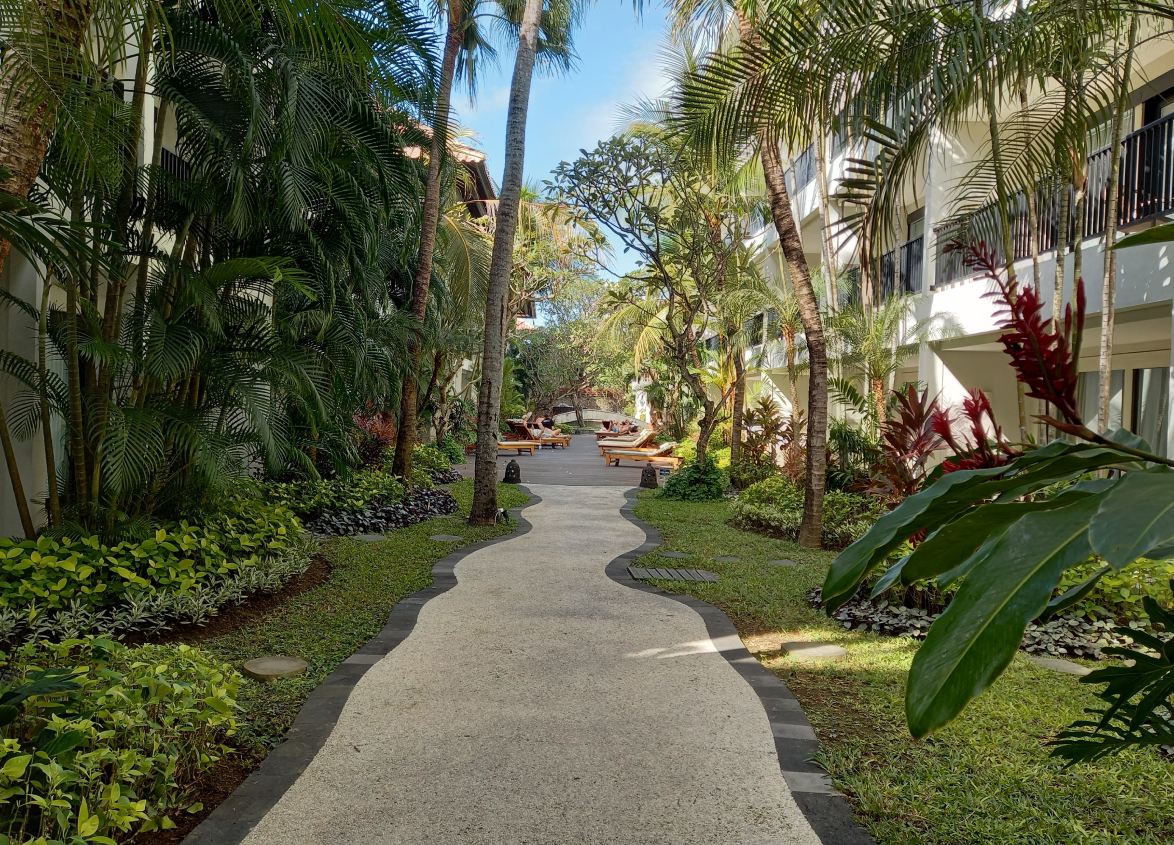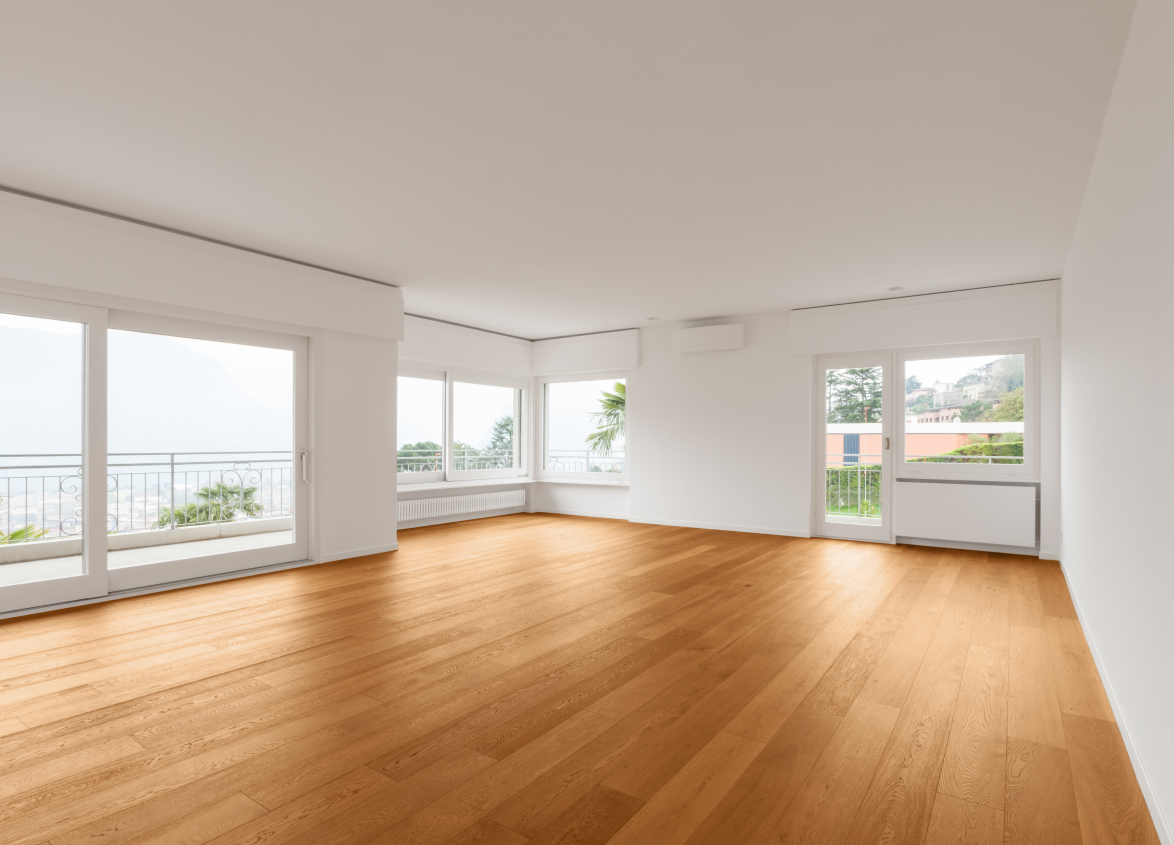
Residential
What are Preferential Location Charges in Real Estate?
September 19, 2024
Preferential Location Charges (PLC) are a prominent factor in property valuation and pricing. They include additional expenses depending on a project or development's location. These charges are applied because some specific locations in development offer more benefits compared to others, such as appealing views, proximity to amenities, or extra services. Knowing all about PLC in real estate can help potential buyers make better decisions while making property investments.
It's important to note that while PLCs can significantly impact the overall cost of a property, they also contribute to its potential appreciation. Properties with preferential locations tend to hold their value better and often command higher rental yields. Therefore, understanding PLCs is crucial for buyers looking to maximize their investment returns. As a potential buyer, you can make informed decisions about property purchases, by carefully considering the location-specific factors and their associated costs.
What are Preferential Location Charges?
Preferential Location Charges involve the additional expenses linked with buying a property located in a more appealing or beneficial place in a given development. These charges refer to the extra value of a particular location within a residential or commercial development. PLC can vary significantly based on factors such as the specific location, the developer, and overall market conditions. For instance, a property offering a sea view, a flat situated on a higher floor, or a residential house located near facilities like a swimming pool or clubhouse may be charged a higher price because of its preferential locality. It is essential for buyers to carefully evaluate the additional cost against the perceived benefits of the preferred location to make informed purchasing decisions.
Types of Preferential Location Charges in Real Estate
PLC, in real estate, can vary broadly depending on the benefits and amenities of a location within a development. Some usual types of preferential location charges are:
Roadside or Main Road Charges
Properties with a view of main roads or easy-to-access routes can demand higher PLC because of their easy accessibility and higher visibility, making them attractive for commercial purposes.
View-Based Charges
Properties offering sight of a park, city, water body, or landscape can often have a greater PLC. The premium charged for properties with views is a common type of PLC, as these views enhance the property's aesthetic appeal and overall value.
Corner Plot Charges
Whether you buy a commercial or a residential project, corner plots are priced with a higher PLC because of their exposure and the possibility of better access and visibility, making them ideal for businesses or those seeking more outdoor space.
Corner or End Flats
Corner apartments or end flats get better light and ventilation, demanding higher PLCs. They may also add to your privacy, as they often have fewer shared walls with neighboring units.
Floor-Based Charges
Higher floors in a residential or commercial building, especially the ones offering panoramic or low noise levels, may have a higher PLC. On the other hand, lower floors may have no or low PLC, although they might have the advantage of direct ground-floor access.
Special Features
Properties with appealing features like terraces, private gardens, parking spaces, gyms, or pools can incur extra PLCs, as these amenities add significant value and desirability to the property.
Proximity to Facilities
Developments situated close to facilities such as parks, pools, and sports grounds call for higher PLC because of the additional convenience they offer, as these amenities enhance the overall lifestyle and appeal of the property.
How is the Preferential Location Charge Calculated?
The PLC calculation typically includes determining the extra value linked with the location of the property and adding it to the property’s base price. The calculation includes the following steps:
Determination of the Base Price
Assess the property’s base price, which is regular with no PLC.
Analysis of the Location
Evaluate the advantages offered by the property, such as closeness to amenities, floor level, and views.
PLC Rate Application
Apply the PLC rate to the standard price. It is usually expressed in the form of a percentage. For instance, a 10% PLC on the standard price of INR 50 lakh is INR 5 lakh.
Calculation of the Aggregate Price
Now add the PLC to the standard price to know the total property’s price.
Aggregate Price: Base price + PLC
You can also use a PLC calculator online to calculate the preferential location charges of a property.
Impact of PLC on Property Value
Preferential location charges (PLCs) have a major effect on property value, showcasing the additional desirability of particular locations within a project. PLCs should be added to a property's standard price depending on its advantages, such as proximity to amenities, higher floors, and better views.
Higher Appeal
Properties with beneficial features such as picturesque views or proximity to major facilities attract more demand. This appeal often leads to a rise in the value of the property, as purchasers are ready to pay a premium for better living experiences, making them a desirable choice for both homeowners and investors.
Better Resale Value
Properties with higher preferential location charges usually appreciate faster than those in minimally desirable locations. The initial charges paid often convert into a higher resale value, making these properties an ideal investment option with a strong potential for capital gain.
Better Rental Income
Properties in high-demand areas often have higher rent. Investors buying property with PLC can enjoy higher rental income, making them a better option for income generation and providing a steady cash flow.
Investment Potential
Because of their strategic location, the future price of real estate with PLCs is higher. Purchasers of such properties can enjoy higher returns on investment as the value rises significantly with time, offering long-term financial benefits.
In all, PLCs add to the value of the property by boosting its appeal, enhancing its resale potential, increasing rental income, and offering higher investment returns. These additional costs can be seen as an investment in the property's overall value and desirability. Real estate purchasers and investors should carefully assess the factors contributing to PLCs, such as location, views, amenities, and property features, when choosing properties to ensure they are making sound decisions that align with their financial goals and lifestyle preferences. Buyers can make informed choices that maximize their return on investment and overall satisfaction with their property, by understanding the impact of PLCs.
Why it is important to pay preferential location charges?
PLC is essential for various reasons, each adding to the aggregate price, value, and desirability of the property. Here’s why these charges are essential and should be paid:
Acquiring Premium Features
PLC is often linked with properties that offer exclusive amenities like scenic views, top-notch locations within the project, or closeness to high-end facilities. By paying PLC, property purchasers can acquire these desirable features and boost their living experience. For example, properties offering a park view or a water body view can offer a higher quality of life and can be more peaceful to reside in.
Enhanced Value of the Property
Properties with more PLCs usually have a higher potential for appreciation. The extra investment in PLC showcases the enhanced value of the location, which eventually results in a higher resale value. This appreciation is great for those looking forward to selling their property in the future, as properties with premium features or locations often attract more buyers and gain higher prices.
Better Lifestyle
With PLC, you often enjoy a better lifestyle. Properties offering better locations or amenities, such as a pool, gym, or sports club, offer higher comfort, convenience, and luxury. This leads to a more fulfilling and comfy living experience, as residents can enjoy these amenities without going anywhere.
Exclusive Benefits
Properties with increased PLCs often offer premium benefits such as reduced noise levels, privacy, and higher air quality. These factors add to a better quality of life and can be more valuable in densely populated areas where such features are limited.
Market Trends and Investment
In the real estate sector, PLCs are in full practice, showcasing the market’s valuation of various locations. Investing in a property along with PLC can sync with market trends, ensuring the purchase aligns with the current valuation practices. This is beneficial for both instant enjoyment and long-term investment returns.
Long-Term Monetary Gains
Properties in prime locations usually enjoy higher appreciation and better rental yields. As an investor, you can enjoy more financial gains in the long run, either through higher rental income or increased property rates.
In all, paying preferential location charges is a strategic move that provides access to better features and enhanced lifestyle, aligns with changing market trends, and offers long-term financial advantages. Buyers should assess the benefits against their budget to make proper decisions that match their personal and fiscal objectives.
Is it Possible to Buy a Home Without Paying PLC?
Yes, you can purchase a house without paying preferential location charges (PLC), but it means you are giving up on specific premium features or location benefits. Here is how you can make it work:
Choosing Non-Premium Locations: Homes that do not demand PLCs are usually situated in common areas or less sought-after locations in a project. For instance, it could be units on the lower floors with zero views or properties with amenities sighted far away. These locations may not offer premium features that increase the PLC.
Standard Units: In some projects, properties are not situated in premium spots such as corner locations or centralized locations. Such properties may not demand PLC. Selecting a standard unit over a high-floor property or corner unit can help you avoid additional costs but may come with trade-offs when it comes to privacy and view.
Developer Negotiations: In some situations, developers may negotiate on PLCs, majorly in case of a competitive market or if you are buying several units. Negotiating the PLC or choosing a property with minimal PLC can help you eradicate these charges.
Alternative Developments: Some residential properties may have low or no PLC because of their location or design. Exploring such properties could give you a chance to purchase without paying any PLC.
Pre-Construction Purchases: Purchasing a project in its initial stage of development before PLCs are decided or applied may help you eliminate these charges. However, it is important to carefully consider this situation as there may be uncertainties in the final price of the property.
While you can surely purchase a house without PLC, it majorly includes choosing a less beneficial location or skipping out the premium features. House buyers should assess their priorities and consider if the benefits of paying PLC outweigh the extra expenses.
Factors to Consider with Preferential Location Charge
When assessing PLC, one should consider various factors to make a proper decision. Some of the factors are mentioned here:
Personal Preferences: Evaluate how much value you give to the features linked with PLCs, such as scenic views, higher floors, and closeness to amenities. If these things hold importance for you, paying PLC is justified for an enhanced living.
Budget Limitations: Make sure the PLC meets your budget. While PLC showcases the additional value of a premium property, you must balance this expense with your financial aptitude. Straining on your budget with a higher PLC may hurt your finances.
Development Trends: Assess the development and plans of the development. If the property will enhance in value or amenities in the coming time, paying PLC currently would be beneficial for you. On the other hand, if the future suggests less appreciation in value, you should reconsider your decision to pay PLC.
Investment Value: Check the potential return on your investment. Properties with PLCs have the potential to appreciate faster and offer better rent. Assess if the property has the potential to offer higher resale value and aligns with your long-term fiscal objectives.
Market Comparisons: Compare the PLC rates in various similar properties. Find out the standard market price for PLCs in your locality to determine if the charges are feasible. You may also end up finding better value somewhere else.
Negotiation Potential: Check if you have a chance to negotiate PLCs, especially if you are buying several units or in a buyer market. Negotiation may lower the expense.
Future Benefits: Assess how the advantages of the location linked with PLC will affect your life or investment. If you can derive better amenities, higher quality of life, and improved privacy, it justifies the cost and will add to your living experience.
By considering these factors, you can make an informed decision on whether you should pay PLC and how you can sync it with your personal and monetary goals.
Conclusion
Preferential Location Charges play a major part in real estate pricing by reflecting the additional value of particular property locations within a development. With a deep understanding of PLC, buyers can make well-rounded decisions and weigh the advantages of premium locations against this extra cost.
By considering aspects like personal preferences, budget limitations, and investment potential, buyers can navigate the complexities of PLCs and make choices that align with their personal and financial objectives. Whether you pay PLC or not depends on your personal priorities and the value one places on location-based advantages.
FAQs
What is PLC in Real Estate?
PLC is the extra cost applied to properties depending on their location within a development. PLCs reflect the value of amenities a development offers, such as better views, higher floors, or proximity to amenities, impacting the total cost of the property.
How Much is GST on Preferred Location Charges?
Usually, a GST of 18% is charged on preferred location charges in India. This rate is consistent with the GST applied to most real estate services and charges. However, it is always suggested that the present rate of GST be confirmed with a real estate developer or a tax professional, as it may change from time to time.
Is the Price of PLC Negotiable?
Yes, the price of PLC is negotiable. The price depends upon the demand for the property, the market rate, and the amount of negotiation between the buyer and seller. However, by investing in a project at the time of launch, the buyer can offset the PLC costs. More often than not, that sum can be made up for by the developer’s first discount.
Can You Buy a Property Without Paying a Preferential Location Charge?
Yes, you can buy a property without paying a Preferential Location Charge (PLC), but it generally means opting for less desirable locations within a development. Properties that do not charge PLCs may be situated on lower floors, face ordinary views, or be at a distance from amenities. Most of the time, these units do not have the premium features that drive up PLCs. Additionally, negotiating with the developer or exploring developments with minimal or no PLCs might also provide options to avoid these charges.
MUST READ
Looking for something specific?
We'd be delighted to help you.





































































































































































































































































































































































































